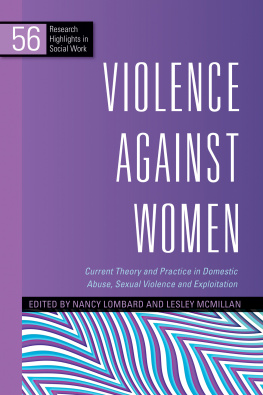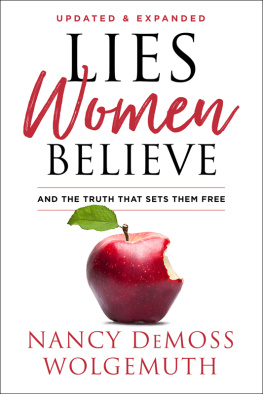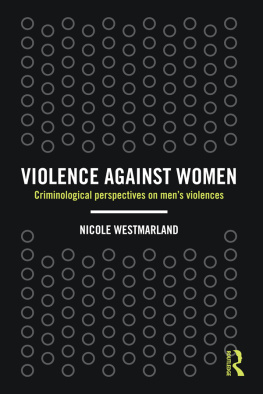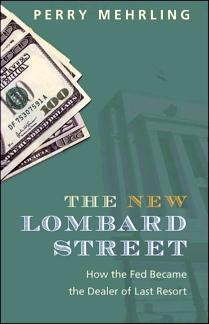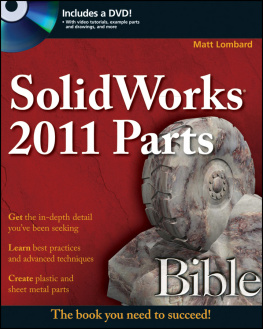YOUNG PEOPLES UNDERSTANDINGS OF MENS VIOLENCE AGAINST WOMEN
For my children
Young Peoples Understandings of Mens Violence Against Women
NANCY LOMBARD
Glasgow Caledonian University, UK
First published 2015 by Ashgate Publishing
Published 2016 by Routledge
2 Park Square, Milton Park, Abingdon, Oxon OX14 4RN
711 Third Avenue, New York, NY 10017, USA
Routledge is an imprint of the Taylor & Francis Group, an informa business
Copyright Nancy Lombard 2015
Nancy Lombard has asserted her right under the Copyright, Designs and Patents Act, 1988, to be identified as the author of this work.
All rights reserved. No part of this book may be reprinted or reproduced or utilised in any form or by any electronic, mechanical, or other means, now known or hereafter invented, including photocopying and recording, or in any information storage or retrieval system, without permission in writing from the publishers.
Notice:
Product or corporate names may be trademarks or registered trademarks, and are used only for identification and explanation without intent to infringe.
British Library Cataloguing in Publication Data
A catalogue record for this book is available from the British Library.
The Library of Congress has cataloged the printed edition as follows:
Lombard, Nancy, 1977
Young peoples understandings of mens violence against women / by Nancy Lombard.
pages cm
Includes bibliographical references and index.
ISBN 978-1-4724-1991-0 (hardback)ISBN 978-1-3155-4602-5 (ebook)ISBN 978-1-1347-9067-8 (epub) 1. WomenViolence against. 2. Violence in men. I. Title.
HV6250.4.W65L66 2015
362.8292dc23
2014042386
ISBN 9781472419910 (hbk)
ISBN 9781315546025 (ebk-PDF)
ISBN 9781134790678 (ebk-ePUB)
Contents
Acknowledgements
Writing these acknowledgements is something I have really been looking forward to. It confirms that the process is (almost) over and provides an opportunity to reflect upon the journey and all those that have helped me along the way. This book arises from my doctoral thesis and the many talks and discussions I have given about the findings. Firstly, I would like to thank all the young people who took part in this research. Without their input, enthusiasm and time this book would not have been possible.
I would like to say a big thank you to Linda McKie for giving me the original life-changing opportunity of the PhD and for always believing that I could do it. I am grateful to the many wonderful colleagues I have met since moving back into academia who I now count as good friends, Dave Gadd, Liz Jagger, John Stewart, Jeni Harden, Louise Dobbie, Rachel Russell, Alice MacLean, Lani Russell, Angela OHagan, Susan Batchelor, Lesley McMillan, Sarah Morton, Oona Brooks, Clare McFeely, Melanie McCarry, Andrew Paterson, Evan Stark and Anne Flitcraft.
Nel Whiting deserves a special mention for her unrelenting enthusiasm when mine was seriously waning and for providing that initial platform at Scottish Womens Aid to disseminate my findings. Thanks also to those who work in the VAW sector (Lesley Orr, Ellie Hutchinson, Jenny Kemp, Laura Thomson, Mhairi McGowan and Marsha Scott) for providing opportunities, training ideas and inspiration. Also, to the women and children at North Kensington Womens Aid and Burnley Womens Aid, your lives, determination and resilience inspired me to try and make a difference.
Thanks also to my friends (in particular, Karen, Claire, Jim, Alison, Ali, Christine and Gill) who have been my rocks over the years, providing shoulders, laughter and fizzy wine. Thank you also to my Roy. His absolute conviction and belief in me has meant more than he will ever know. There is a feminist saying that behind every successful woman is a man who tried to stop her. Well behind me is a good, loving, gentle and beautiful man who has supported me every step of the way he really is a star.
I would also like to say a big thank you to all my family who werent always sure what it was that I was doing but knew it was taking a long time, Dad, Dave, Jenny and the rest of you. Also, to my mum, for always looking after me, encouraging my education, those countless phone calls and for helping me in ways only my mum can. In part, much of my interest in this area arose because of the family my mum grew up in. A family which produced four very strong-minded, inspiring women who each dealt with abuse in very different ways. So, Grandma Mary, Aunty Frances, Aunty Pat and mum, this continues to be my journey for you.
And finally, this book is for my children, for whom I continue in my quest to change the world: Dylan, Milo, Autumn Mary and Baby Bombard.
Chapter 1
Violence
Violence against women is not the result of random, individual acts of misconduct, but rather is deeply rooted in structural relationships of inequality between women and men.
United Nations 2006
This book examines how young(er) people, aged 11 and 12, define, construct and understand violence, specifically mens violence against women (incorporating physical, emotional, sexual, psychological and economic abuses) and including domestic violence and abuse. Mens violence against women is both a socially constructed and endorsed social problem. As such, the solutions to challenging and preventing it lie within those same systems of constructed power and gendered inequity. The research upon which this book is based enabled young people to explore their own understandings of violence against women and in doing so how this relates to their constructions of normative gendered roles.
Gender and violence pervade and shape young peoples social relations and understandings very powerfully, already informing both their own understandings and, at times, their own actions (McCarry 2010; Barter 2014; Gadd 2014; Gadd et al. 2014). By using the broad term of mens violence against women, the gendered dynamics inherent within the concept of violence are made explicit. A short discussion of domestic violence and abuse is undertaken in this introductory chapter to explain why it was necessary to include the terms within the research, whilst also highlighting the need to broaden the scope to include all forms of violence against women.
Purpose of the Book
There are two aims of this book. The first is to confront and challenge the everyday occurrence and acceptability of the social problem of mens violence against women (Stanko 1985). It is an issue that impacts upon everyone, not only the lives of adults or those who are judged old enough to talk about it. As young people have generally not been given the power to define violence, here they are afforded the ability to name violence (Kelly 1988) as they understand it. Enabling young people to engage with the discursive issues of mens violence against women and explore their own perceptions can be one way to look beyond the public or powerful appropriation of the concept. Part of their construction involved drawing upon their own experiential knowledge and everyday understandings, which may be at odds with dominant discourses or officially recognised definitions. Specifically this book will examine how young people aged 11 and 12 name and define mens violence against women and interpret how they explain and account for its occurrence.



